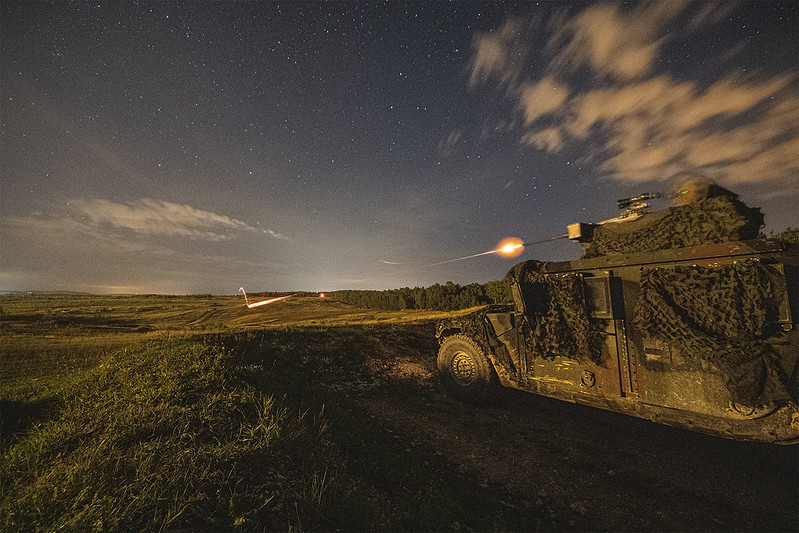

Objective
This topic is a Direct to Phase II. The purpose of this topic is to improve the performance of perception used for the autonomous mobility of ground systems. As some solutions may improve one challenge area, and other solutions may improve several challenge areas, four topics were combined into one program. Companies have the option to choose any or all four challenge areas they have the capability to satisfy. The ideal sensing solutions are ones that can integrate as many of the four challenge areas as feasible (see description).
Description
While current sensor technology is capable for basic autonomous mobility, there are many challenges that still exist. Sensors have difficulty with vegetation, light levels, negative obstacles, natural obscurants, ranges that impact high speed travel, etc. Improve one or more of the following autonomous mobility sensing challenges: Off Road Sensing; Adverse Weather Sensing; Long Range Sensing; Reduction in Processing Burden.
Phase I
This topic is a direct to phase II. Commercial market for these autonomous sensing enhancements is already at a high enough TRL for this to be a Phase II. Please see reference for further background.
Phase II
This topic is a direct to phase II. Commercial market for these autonomous sensing enhancements is already at a high enough TRL for this to be a Phase II. Please see reference for further background.
Phase III
Potential for integration into future RCV(L) platforms; depends on maturity and success of Phase II efforts.
For more information, and to submit your full proposal package, visit the DSIP Portal.

References:
Robotic Combat Vehicle Light, Robotic Combat Vehicle–Light (RCV-L), United States of America (army-technology.com)
Objective
This topic is a Direct to Phase II. The purpose of this topic is to improve the performance of perception used for the autonomous mobility of ground systems. As some solutions may improve one challenge area, and other solutions may improve several challenge areas, four topics were combined into one program. Companies have the option to choose any or all four challenge areas they have the capability to satisfy. The ideal sensing solutions are ones that can integrate as many of the four challenge areas as feasible (see description).
Description
While current sensor technology is capable for basic autonomous mobility, there are many challenges that still exist. Sensors have difficulty with vegetation, light levels, negative obstacles, natural obscurants, ranges that impact high speed travel, etc. Improve one or more of the following autonomous mobility sensing challenges: Off Road Sensing; Adverse Weather Sensing; Long Range Sensing; Reduction in Processing Burden.
Phase I
This topic is a direct to phase II. Commercial market for these autonomous sensing enhancements is already at a high enough TRL for this to be a Phase II. Please see reference for further background.
Phase II
This topic is a direct to phase II. Commercial market for these autonomous sensing enhancements is already at a high enough TRL for this to be a Phase II. Please see reference for further background.
Phase III
Potential for integration into future RCV(L) platforms; depends on maturity and success of Phase II efforts.
For more information, and to submit your full proposal package, visit the DSIP Portal.
References:
Robotic Combat Vehicle Light, Robotic Combat Vehicle–Light (RCV-L), United States of America (army-technology.com)
